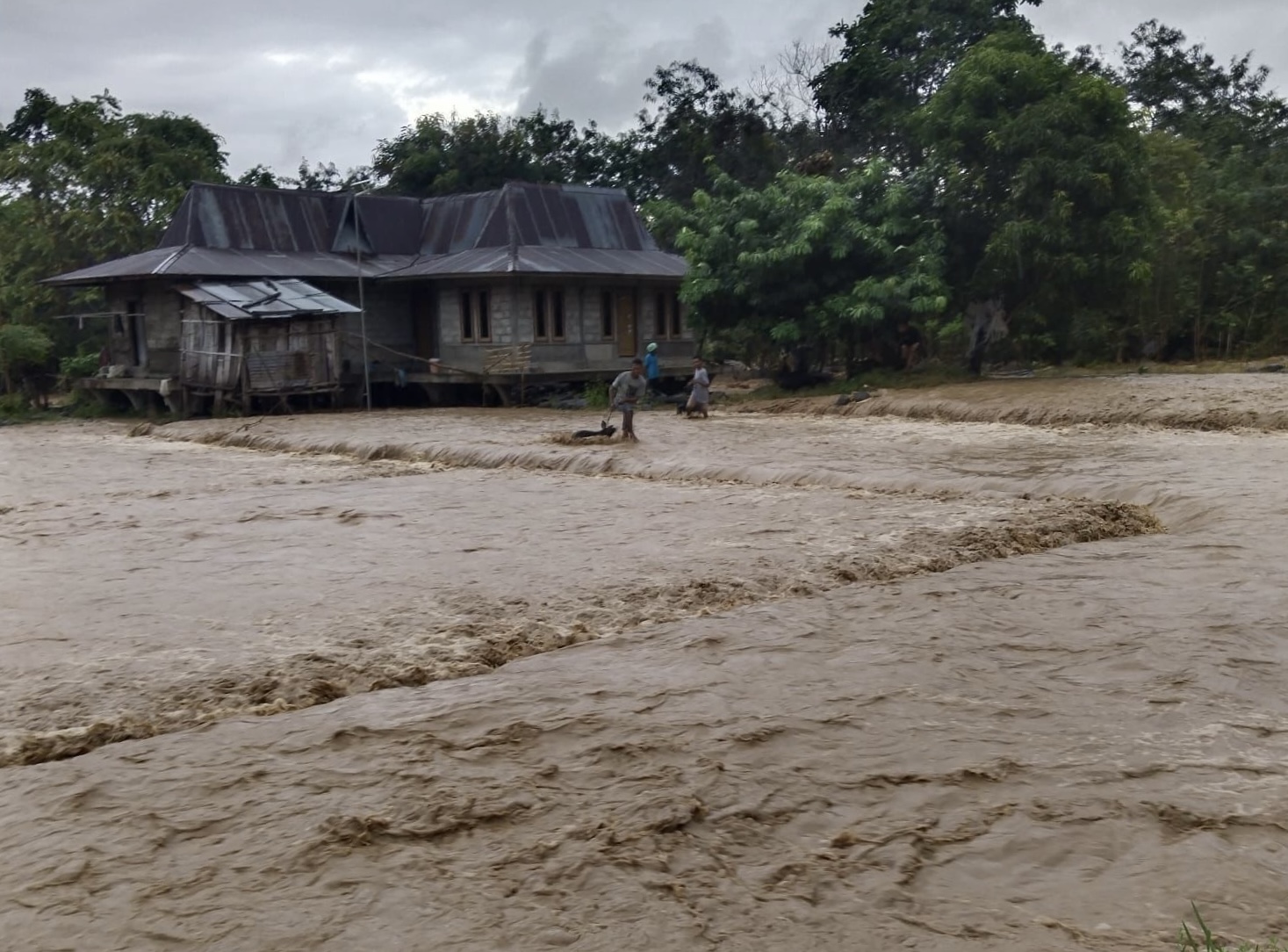What we’re watching: Weekly disaster update, September 15

We know all too well that disaster can strike anytime, anywhere in the world. Some disasters make headlines; others do not. Here at the Center for Disaster Philanthropy (CDP), we monitor the status of disasters worldwide and compile a list of the ones we’re tracking weekly, along with relevant disaster-related media coverage.
Here’s what we’re watching for the week of Sept. 15, 2025.
New or Emerging Disasters
Flooding – Indonesia: Torrential rain lasting several days last week caused rivers to burst their banks, submerging 112 neighborhoods and causing landslides in two Indonesian provinces, including Bali. At least 21 people have died, and four are still missing. Water inundated thousands of homes and buildings in residential and tourist areas. Severe weather and mountainous terrain have hampered rescue efforts.
Flooding – Japan: On Thursday, Sept. 11, 4.7 inches of rain fell in just one hour in Tokyo. The resulting floods temporarily grounded flights, cut power to thousands of people and forced the suspension of rail lines. At least one person died, and one other was injured.
Disease Outbreak – Democratic Republic of Congo (DRC): The most severe strain of Ebola (Zaire Ebola virus) has been circulating through Kasai province in DRC. The outbreak began in late August, when a pregnant woman sought treatment at a health facility and infected two health workers. All three people died.
As of Sept. 15, there are 81 confirmed cases, and there have been 28 deaths. This latest outbreak is thought to have originated from animal-to-human transmission, rather than as a continuation of an earlier outbreak. Without early intervention, the fatality rate after contracting the virus is 50-90%.
Previous/Ongoing Disasters
Earthquakes – Afghanistan: Over 2,200 people have died, and thousands more are homeless after powerful earthquakes struck Afghanistan at the end of August. Families who lost everything are sleeping in the open, with no shelter, food or water.
The International Organization of Migration (IOM) and the United Nations are appealing for $16.8 million USD to provide emergency shelter and health care for 134,000 people. Over 1.2 million returnees to Afghanistan and 800,000 internally displaced persons are already living in vulnerable conditions requiring immediate support.
Complex Humanitarian Emergencies – Horn of Africa
When a country experiences political conflict, climate shocks, famine, economic challenges or other conditions, it may suffer a complex humanitarian emergency (CHE). CDP maintains complete profiles on several CHEs. Every week, we highlight these and other CHEs, hoping to build awareness and increase philanthropic response.
The humanitarian situation in the Horn of Africa remains acute, suffering from some of the worst humanitarian indicators in the world.
Key Facts
- In Ethiopia, over 10.2 million people are food insecure. Without urgent funding, 2.1 million of the most vulnerable people will be cut from the World Food Program’s assistance.
- In Somalia, strained relations between the Federal Government of Somalia and Jubaland State and recurring border tensions with Ethiopia have contributed to a fragile security environment that hinders effective humanitarian aid delivery. Additionally, local clan-based conflicts have displaced thousands of people and have compounded protection and displacement risks for women and children.
- Flooding in Kenya during the March–May 2025 rains has devastated water systems across the country, damaging protected wells, canals, irrigation pipe and pumps. Communities in several regions now rely on unsafe water sources.
- South Sudan faces a severe health crisis, with multiple disease outbreaks including cholera, malaria, measles and hepatitis E. About half of health care facilities lack adequate supplies and personnel, making it difficult for patients to receive support. Eastern Africa remains the global epicenter of cholera transmission.
The situation in the Horn of Africa is dire, representing 21% of the world’s humanitarian case load. By mid-2025, humanitarian response plans seeking $10.3 billion USD were only 15% funded.
What We’re Reading
A moment of hope… Brazil has recorded a 65% decrease in the area of the Amazon rainforest burned by wildfires in 2025 compared to the previous year—the lowest level since satellite monitoring began. Experts attribute this dramatic improvement to a more intense rainy season and increased caution from local farmers and residents. Nationwide, Brazil saw a 54% reduction in burned landscapes, aligning with President Luiz Inacio da Silva’s pledge to end Amazon deforestation by 2030.
